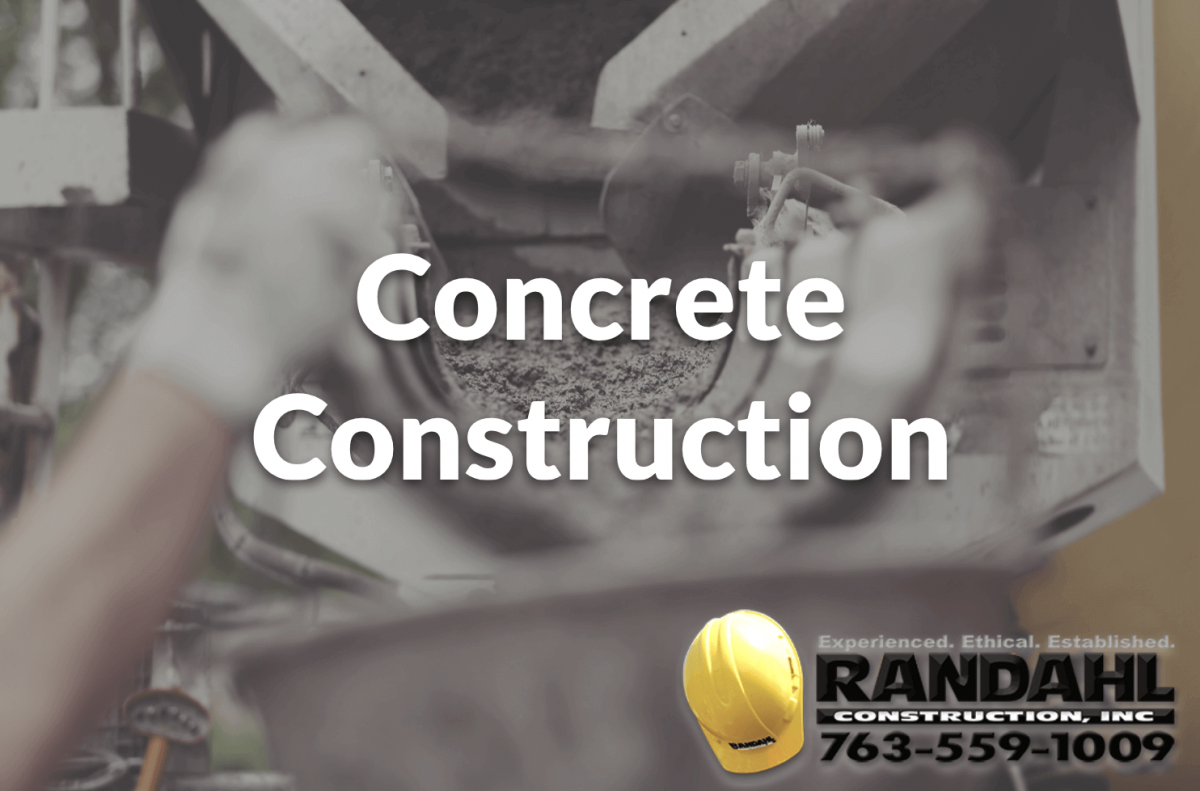Improvements in Concrete Construction Which Make It More Eco-Friendly
Today’s businesses not only need to make a profit, but they have to obey the regulations of their industry, contribute to the community, and be environmentally conscious. Concrete is one of the most ubiquitous building materials. In the past, it’s gotten a bad rap for its environmental impact. Fortunately, industry awareness has caused many improvements in the technology behind concrete, reducing its carbon footprint and making concrete installation in commercial buildings not only a good choice for its affordability, but also for the environment.
Efficient for Design and Concrete Construction
Concrete is an effective material for construction because ready mixed concrete can be manufactured close to home. The materials exist in most locations, which makes less transportation costs when compared to steel, wood, or aluminum. According to the Cement Association of Canada, about 60 percent of concrete is made within 100 miles of the job site. In addition, concrete is made to certain specifications. There’s less waste, because only the right amount is sent to the job site. This means less waste at the completion of the construction. A well-designed building with concrete installation can be used for many different purposes and occupants, eliminating the need for re-building and remodeling. Good construction design of the building reduces stormwater runoff and erosion, helping the water return to the water table.
Concrete Recycling
Once, concrete debris might be shipped off to landfills, but one of the biggest advancements in the industry relates to concrete recycling. This material is taken to crushing centers, which removes the rebar and crushes the concrete section into smaller particles. Many types of gravel used in construction projects and on highways are made from recycled concrete. Larger pieces have been used to control steambank erosion. Recycled concrete can also replace landscaping stones. Even concrete which has been contaminated with a lead-based paint is able to be used in certain applications.
Improvements in Design
Concrete must be properly heated to cure and be strong. The main mineral used in manufacturing is alite, and it is the reason concrete must be heated. Researchers are working to find different minerals to provide strength upon curing while reducing emissions. Another improvement in concrete manufacturing is the ability to absorb air pollution and emissions. There is a church in Rome that has been built from this type of concrete, and the research is still out as to its effectiveness. Scientists are also attempting to create concrete which absorbs its carbon dioxide in the curing process. The future of concrete will be very different as this technology is brought into the marketplace.
Choose Concrete Construction for Your Building Project
Concrete makes a great building material because of its affordability. Now, your business can be environmentally conscious in concrete installation. Concrete structure last a long time, and they are impervious to insects or rot. Less re-construction needs to made. It can also reduce the operating costs, because it does have good thermal mass characteristics, reducing your utility usage for heating or air conditioning, another environmental benefit. Although in the past, concrete has gotten a bad rap, there are many reasons to choose concrete when constructing a commercial building.

